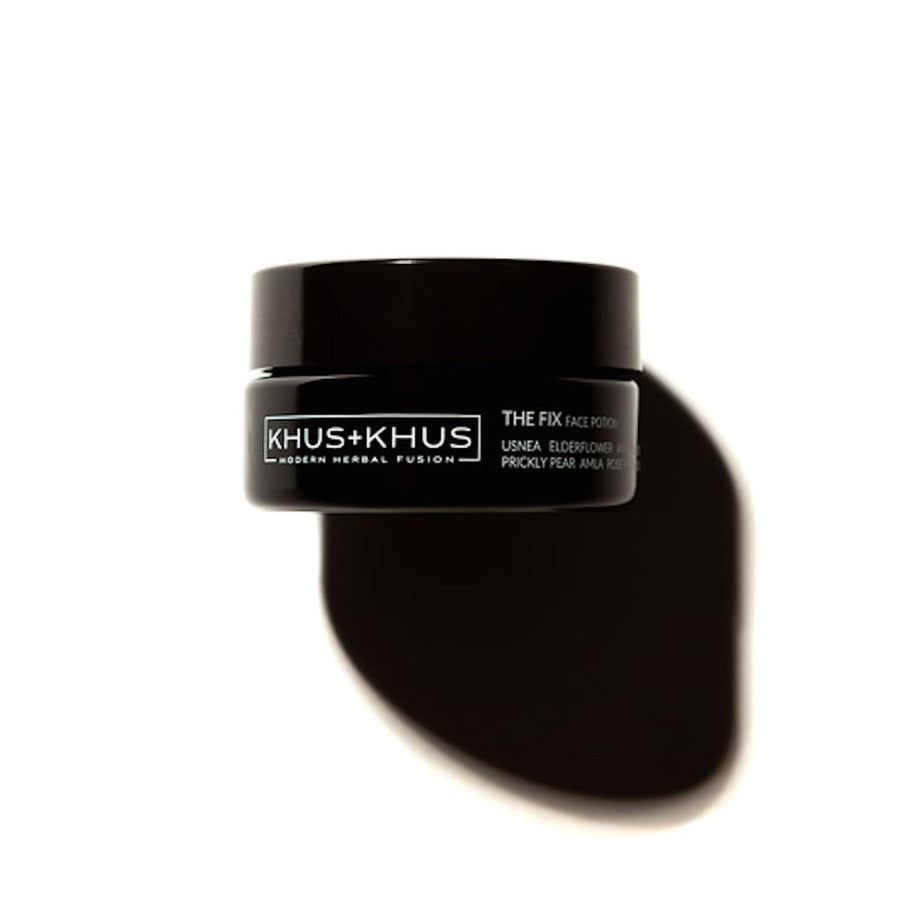The New Black: Activated Charcoal
Activated charcoal as a major ingredient in skin-care products is a big thing right now. Soaps, facial masks and scrubs in unexpected, deep-black hues can be easily found by nearly every major brand nowadays. But why does activated charcoal seem like it's everywhere in personal care products now?
In skin-care applications, activated charcoal is being used because it's remarkable absorption properties allow it to trap dirt and oil — it's sort of like a carbon magnet and awesome for getting into pores and sticking to dead skin cells, excess debris and sebum [oil secreted by pores]. Plus, in some products, activated charcoal can add an extra, beneficial cleansing boost.
Take advantage of this latest beauty trend and try Terra & Co. ~ Brilliant Black Toothpaste made with Activated Charcoal.
Where does Activated Charcoal come from?
Charcoal is made from wood (or coconut shells), by heating it at very high temperatures (800 to 1,200 degrees) with very low oxygen concentrations. This slow process removes methane, hydrogen, and tar from the wood and reduces the weight of the wood by 75 percent, leaving behind a concentrated, black substance made mostly of carbon. At this point, charcoal can be used as fuel and burns cleaner and hotter than wood. But it's the "activation" step that makes charcoal become a superhero, capable of saving lives. Activation may be done with chemicals or with steam (we, of course, use the steam-activated variety). The charcoal is steamed at very high temperatures, opening up the carbon structure and further eliminating the non-carbon elements. In the end, what remains is an incredibly porous version of carbon, with tons of open spaces with which to bind other stuff. And, recently, it has become the ultimate, green beauty detox ingredient!
How to use activated charcoal in your beauty routine.
Because of its unparalleled ability to bind impurities and unwanted toxins, activated charcoal is brilliant for skin care. Used in proper proportions, it can pull toxins and contaminants from the skin and rinse them down the drain. It can also bind good stuff, like vitamins and minerals, so you must use it sparingly and in combination with the right replenishing ingredients. Activated charcoal works to whiten teeth the same way—just put a dab of your toothpaste on the brush, and then dip it in a bit of activated charcoal powder.
A natural form of carbon...
Activated charcoal has an incredible adsorption quality due to tiny pores that increase its overall molecular surface area; one gram of activated charcoal can have a surface area of up to 5,400 square feet. (Note that adsorption is not the same thing as absorption with a 'b'; it means the molecules only stick to the surface, versus a sponge soaking up water into every pore.)
Of activated charcoal's other uses, one of the more well-known is to treat drug overdoses and the ingestion of poisonous substances, by adsorbing toxins in the stomach before they enter the bloodstream. Activated charcoal is also used in chemical spill cleanup, air and water filtration, and numerous industrial processes. However, it should not be confused with the charcoal briquettes in a barbecue; the "activated" trait comes from a process that uses heat, gas and/or chemicals to alter the charcoal's physical structure to become more porous.
Take advantage of this latest beauty trend and try Terra & Co. ~ Brilliant Black Toothpaste made with Activated Charcoal.



Leave a comment